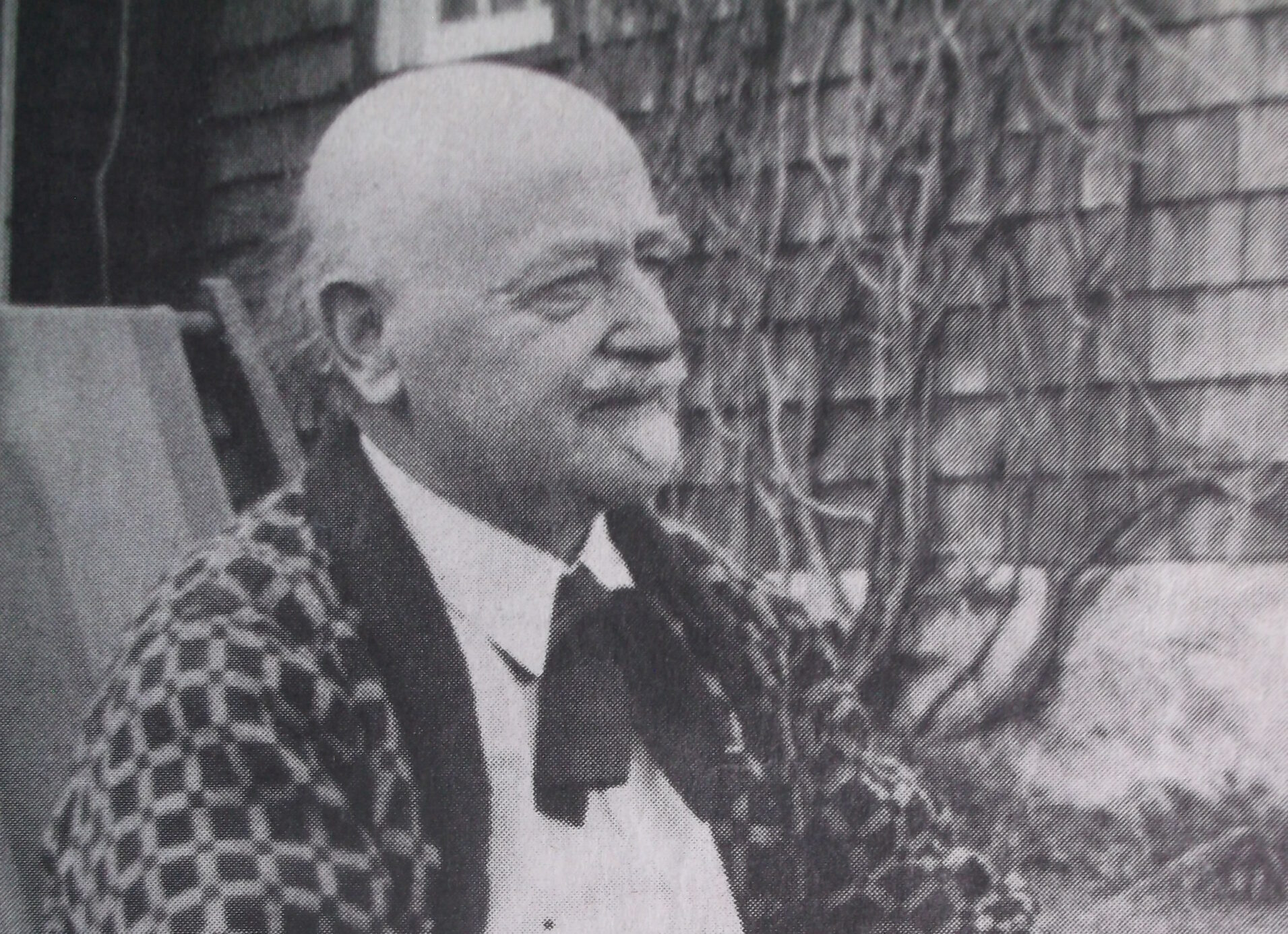TWO LOCAL ARTISTS OF NOTE.
Cornwall and area have been home to numerous visual artists of both local and national fame. Unfortunately time has a habit of erasing their once important contributions.
Grace MacLeod Roberts, known in her time as “Cornwall’s First Lady of Art,” was born in McGrimmon, Glengarry County and after a long career of teaching Art and English at both CCVC and St. Lawrence HS died in 1982. In 2011, she was honoured by a ceremony at CCVS, but has curiously not been nominated for the Cornwall Arts Hall of Fame.
“Gracie,” as she was called by everyone, started her teaching career in rural one-room schools in Glengarry County in the 1920s. From here she went on to study at the Ontario College of Art under the direction of Group of Seven member Arthur Lismer, and continued to hone her painting skills throughout her career. In the 1930s she received her teaching certificate from the Ontario College of Education.
With her degree in hand Gracie taught English and Art at both CCVS and St. Lawrence High School for perhaps as many as 40 years.
With a passion for drama and reciting Shakespeare, she told “Standard-Freeholder,” report Mary Gilmour “When I could make one of those boys (in her English class) like and appreciate literature, it was heaven’s first order for me.”
Painting landscapes, still life, abstracts and portraits, she told Gilmour when asked why she painted that “…there is some urge in me that makes me want to express myself in this medium.”
A dedicated and prolific artist, Gracie shared her talents by giving art classes at Courtaulds, a Saturday Children’s art programme, and planning and installing exhibits for the Cornwall Art Association.
—
Lancaster was home to another more or less forgotten local artist, Archibald Browne. Born in England of Scottish parents, Browne came to Canada in 1888. Slated to be a banker he gave counting other people’s money up and returned to Scotland to take art. After studying under painter Macaulay Stevenson, Browne returned to Toronto. Here he became a founding member of the Canadian Art Club with other 19th century artists such as Homer Watson, Curtis Williamson, Edmund Morris and others.
In 1915 Browne was elected to the Royal Canadian Academy of Arts. (RCA). A landscape painter Browne moved to Montreal where he met Mr. and Mrs. Duncan McLennan, patrons of the Montreal Museum of Fine Arts and residents of Lancaster. After winning a substantial cash prize for one of his paintings Browne purchased a small house near the McLennan’s in 1927. He added a studio and became fascinated in painting the Adirondack Mountains to the south,. According another former Lancaster resident and eminent Canadian Art historian, Russell Harper, Browne “…strove to catch the light and atmosphere over the river (St. Lawrence).
Now well established, Browne exhibited at the Canadian National Exhibition in Toronto, at Montreal’s Ritz Carlton Hotel, and the Marshall Field Store in Chicago, and in 1927 he won first place at the Quebec Art Association’s show for his “Slumbering Waters.”
Known as the “Poet Painter of Canada,” Browne staged his last major exhibition in Montreal in 1946.
While his style has long been out of fashion his works are held by the National Gallery in Ottawa, the Art Gallery of Ontario, the Montreal Museum of Fine Arts, CCVS in Cornwall and may occasionally be found at a local auction.
Like many artists he supplemented his income through teaching, as even though he had achieved international fame, he suffered from the perennial artist’s complaint of too few buyers.
Glengarry authority Ewan Ross wrote that Browne was “perhaps (the) most widely known international figure who ever lived in Lancaster Township.” He died in 1948, and was buried in an unmarked grave in St. Joseph’s Cemetery Lancaster.
Browne sounds like another ideal candidate for the Cornwall Art Hall of Fame to me!





